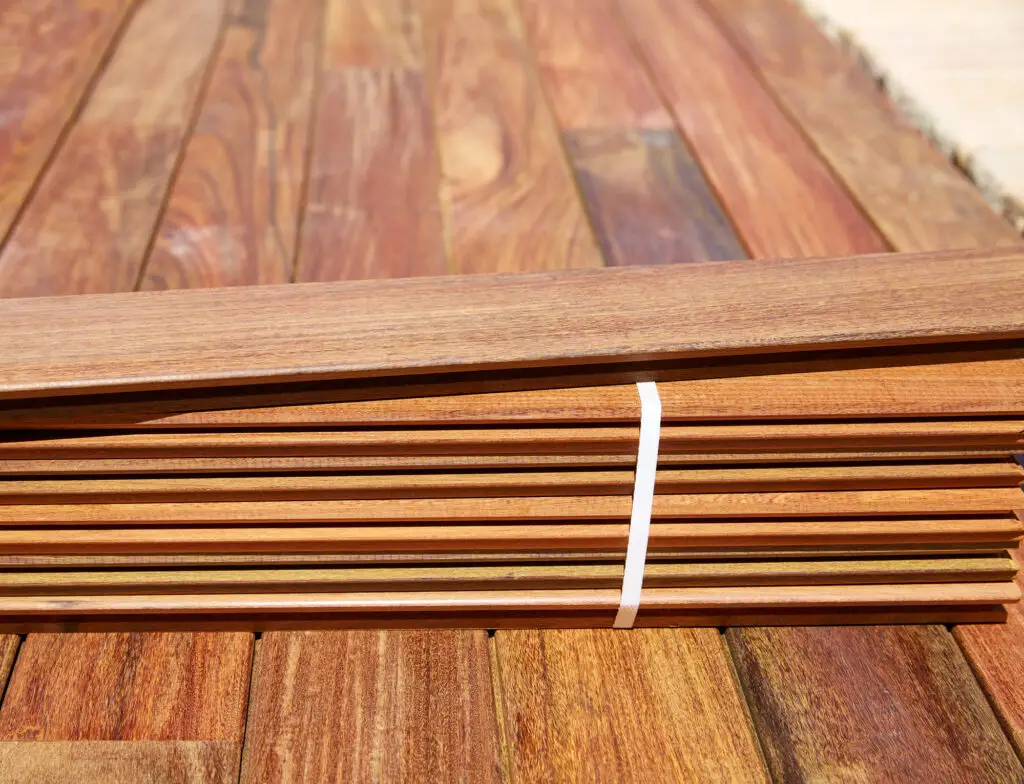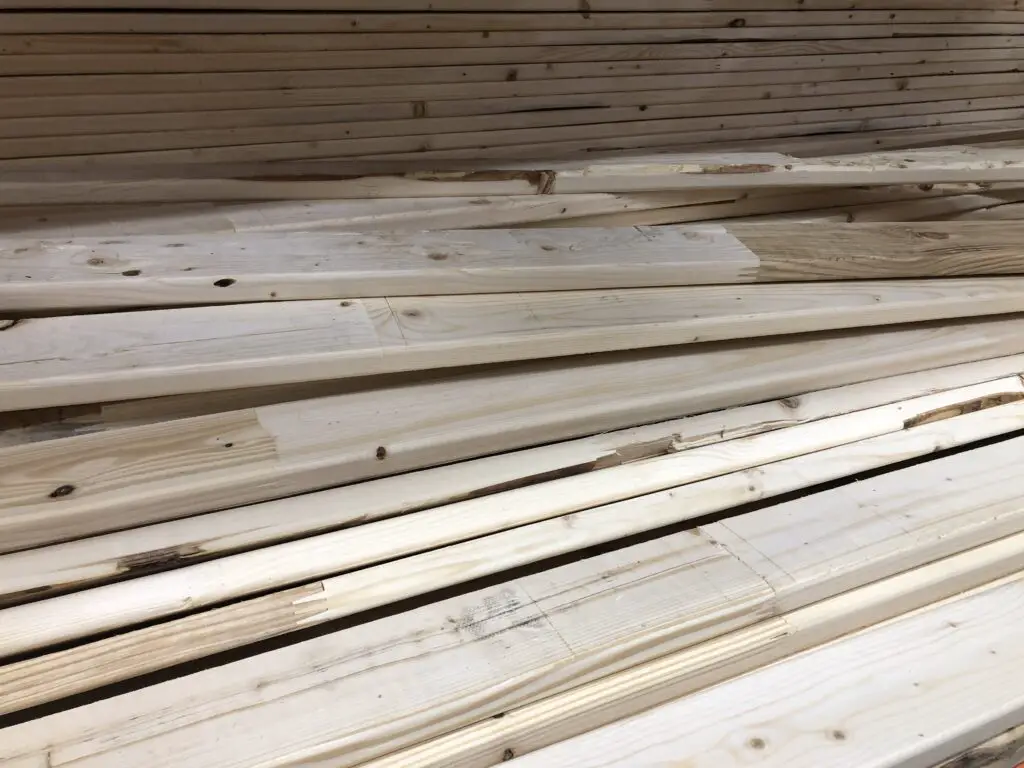Those new to woodworking often have a single question: what the heck is common board? When you head to your local home improvement store, you will probably come across a classification of wood that is called “common board.”
Common board is usually relatively cheap and comes in the most typical sizes. It is typically made from pine or similar softwood. Basically, it is whatever the lumber mill has an excess of. The exact species of common board can change from year to year or even month to month.
You’ll also find that it has more knots and imperfections in the wood. Common board is great
if you plan on painting or using the wood where it won’t be seen because it is so budget-friendly. But if you want to keep your workpiece natural, then it is better to opt for the “pretty” wood.
What is Common Board?
Common refers to a grading of wood. According to Lowe’s, the board grades are as follows:
- C Select Boards: Clear or almost clear of defects, best for cabinets and interior trim
- D Select Boards: May have small knots (dime-sized or less)
- 1 Common: High-quality boards with some knots, but the knots will be tight
- 2 Common: Larger knots than 1 Common, but still tight. Good for general projects
- 3 Common: More, larger knots. Good for crates, boxes, and fences.
What Kind of Wood is Common Board at Home Depot?
As mentioned above, the exact type of wood that is called common board can vary at different times of the year. However, when shopping at Home Depot, it is most likely that the available common board will either be Eastern White Pine or Ponderosa Pine.
Eastern White Pine is widely grown in Eastern North America. It can be light brown to nearly white, but it does tend to darken as it ages. The grain is usually straight with an even texture. It is a wood that is easy to work with because it glues and finishes quite well.
Ponderosa Pine grows in Western North America. It is generally a reddish brown or a yellowish white depending on whether you get heartwood or sapwood. The grain is straight with a medium texture, and it also finishes well.
Is Common Board Strong?
As mentioned above, common board is often a pine species which is a soft wood. That being said, these boards are still strong enough for just about any project you can think of! When properly treated, common board can be used for things like patio chairs, picnic tables, and even toy boxes.
Many beginning woodworkers prefer to make their projects out of common board because it is less expensive than prettier wood boards. So, making mistakes isn’t so costly!
When painted and sealed, common board can be strong enough for most of your woodworking projects.
What is the Difference Between Common Board and Pine?
While common board is often made from pine, it doesn’t necessarily have to be. As mentioned above, common board can be made from any of the lower quality logs or from any lumber that the mill happens to have in excess. Common board is simply a classification of wood.
Pine, on the other hand, is an actual wood species. Lumbar derived from any of the species of pine trees can be referred to as “pine.” It is one of the more commonly used species in the lumber world.
Pine trees are coniferous resinous trees that are quite long-lived. Pine trees have been known to live for 1,000 years! Pine is native to the northern hemisphere, and it can be found in varying climatic regions from rainforests to semi-arid deserts.
Pine lumber is used in roofing, flooring, window frames, furniture, and many other woodworking projects.
What Types of Projects is Common Board Good For?
As with any type of wood, the uses for common board are only limited by your imagination. Woodworkers use common board for furniture, shelving, framing, general carpentry, and other finish work projects.
Since the wood may not be as “pretty” as some of the other boards for sale, most people will reserve common board for projects that are going to be painted or ones where they are seeking a more rustic, knotty look. However, this is only a personal preference, and common board can be used with other finishing techniques if desired.
Since it is most likely going to be a pine species which is a soft wood, it is a good idea to properly finish your common board to protect it from moisture, rot, and insects.

